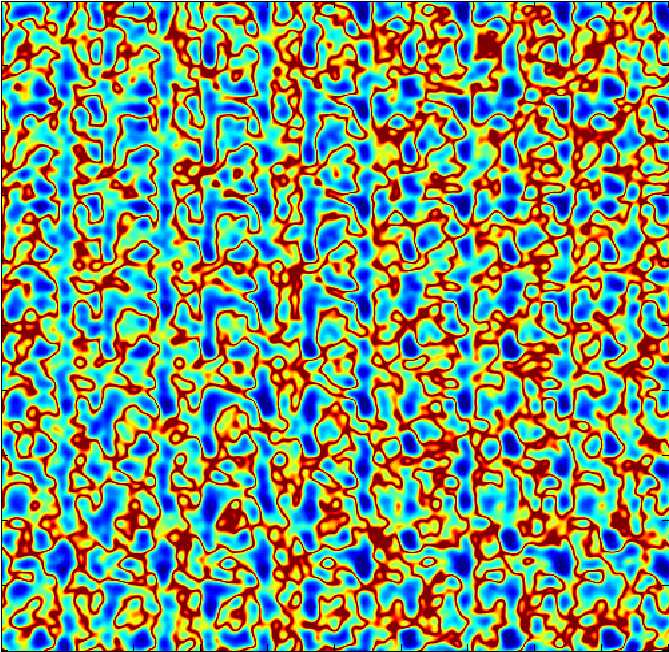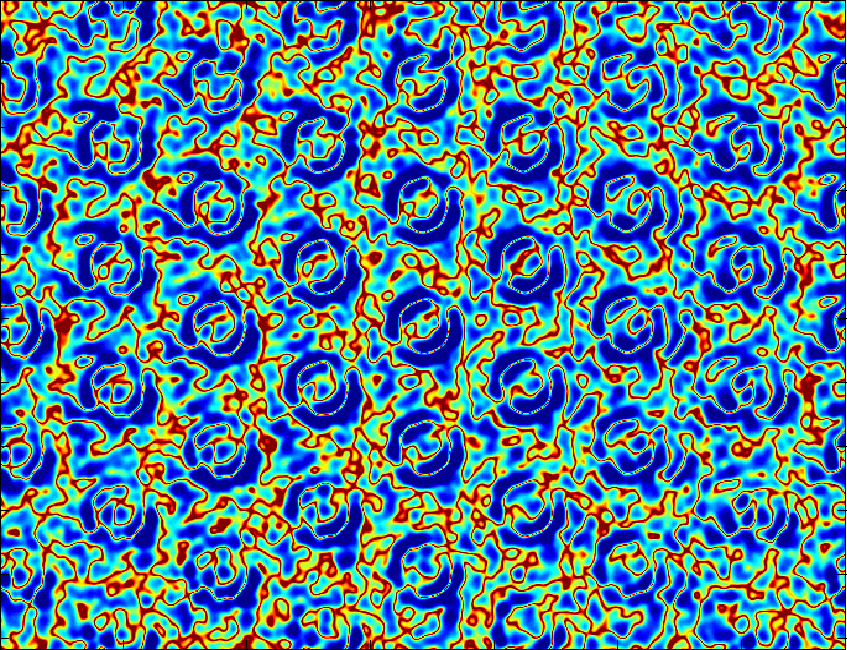Free 3D printing code in MATLAB
Here is some MATLAB code that lets you create the trajectories for 3D printing our model heart valve. Published in Science on 3/24/2023! You can find the code in the zipped folder here.To run the code in script form, run the master file called "heart_valve_maker.m", which calls the other scripts in the folder. To run the code using a MATLAB app, run the file called "heart_valve_designer_App.mlapp." Once you have the trajectories, you'll need to convert them to g-code if your printer requires it.
.jpg)

